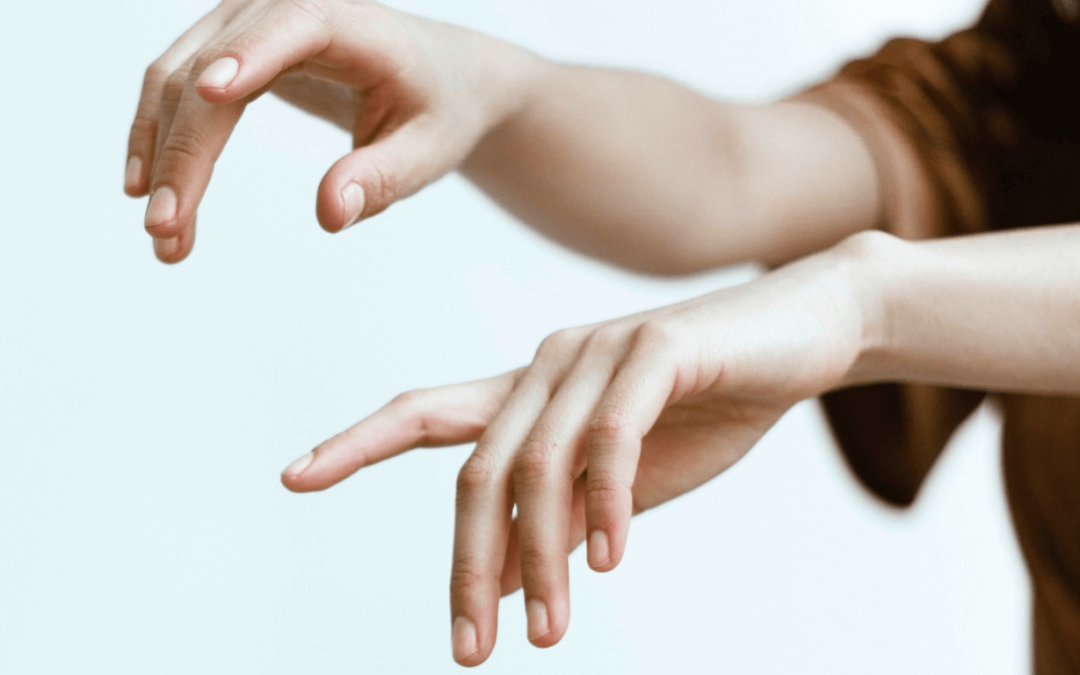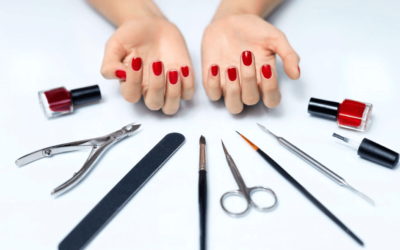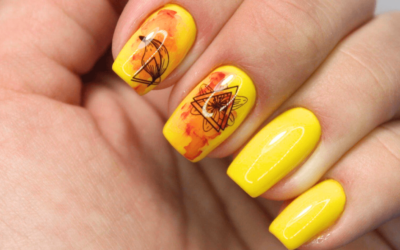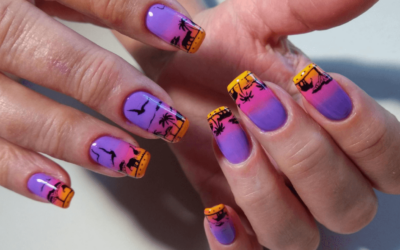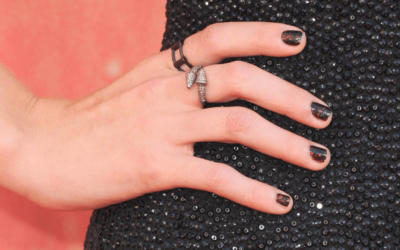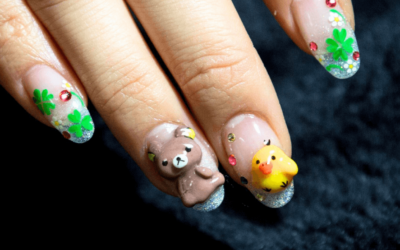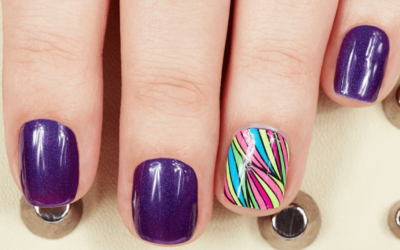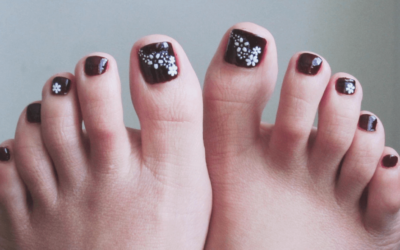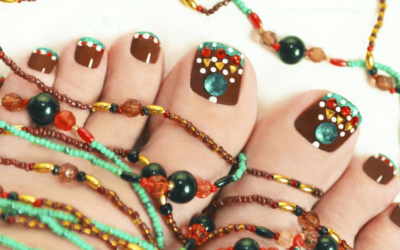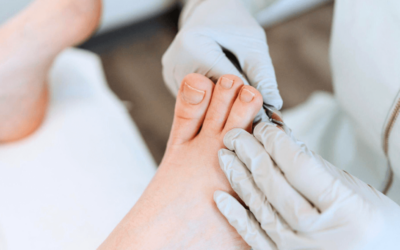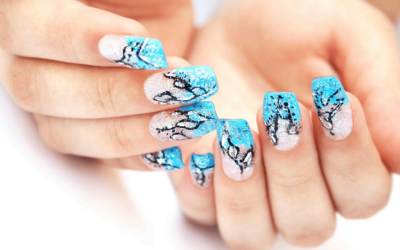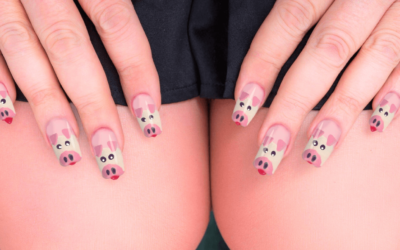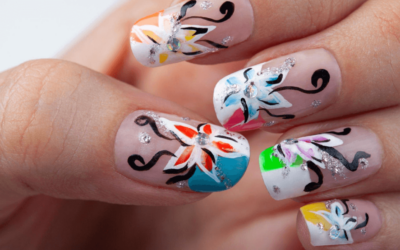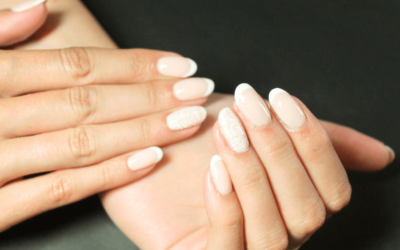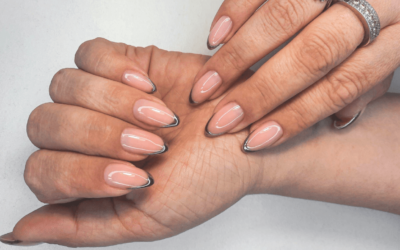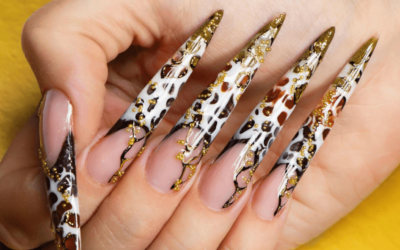When it comes to nail care, it’s not just the nails themselves that require attention. The skin around the nails plays a crucial role in maintaining healthy and beautiful hands.
The condition of the skin around your nails can impact the overall appearance of your nails and hands.
In this comprehensive guide, we will explore the various aspects of the skin around nails, its importance, and effective ways to keep it healthy and nourished.
The Cuticles: Guardians of the Nail Bed
Cuticles are thin, transparent layers of skin located at the base of the nail plate, where it meets the nail fold. They serve as a protective barrier, sealing the gap between the nail plate and the surrounding skin.
The cuticles play a vital role in preventing bacteria, dirt, and debris from entering the delicate nail bed, reducing the risk of infection.
Healthy cuticles are essential for maintaining the integrity and appearance of your nails.
The Nail Folds: Encasing the Nail
Nail folds are the folds of skin that surround and encase the sides and bottom of the nail. They act as a natural barrier, providing support and protection to the nail.
The health of the nail folds contributes to the overall strength and stability of the nails.
The Eponychium: The Proximal Nail Fold Extension
The eponychium is an extension of the proximal nail fold that partially covers the base of the nail plate. It acts as an additional layer of protection for the delicate nail matrix and the growing nail plate.
Keeping the eponychium well-moisturized helps maintain its suppleness and prevents dryness and cracking.
The Perionychium: Skin at the Nail Edges
The perionychium refers to the skin that borders the sides of the nail plate. It includes both the lateral nail folds and the area around the free edge of the nail.
Proper care of the perionychium is important to prevent the development of hangnails, painful cuticle tears, or ingrown nails.
Common Concerns and Conditions
Hangnails: Hangnails occur when the skin around the nails becomes dry and starts to peel or tear. Regular moisturization and avoiding excessive cuticle trimming can help prevent hangnails.
Cuticle Infections: Infections, such as paronychia, can occur when bacteria or fungi enter the cuticle area. Maintaining good hygiene and avoiding picking or biting the cuticles can reduce the risk of infections.
Dryness and Cracking: Dry and cracked skin around the nails can be caused by various factors, including exposure to harsh chemicals, frequent handwashing, or lack of moisture.
Regularly moisturizing the skin and using protective gloves when handling chemicals can help alleviate dryness.
Nurturing Your Skin Around Nails
Moisturize Regularly: Apply a nourishing cuticle oil or moisturizer to the skin around your nails to keep it hydrated and supple.
Massage the product into the cuticles and nail folds to promote circulation and nourishment.
Avoid Excessive Trimming: Resist the urge to over-trim your cuticles, as this can lead to irritation and damage.
Instead, gently push back the cuticles using a cuticle pusher or orange stick after soaking your hands in warm water.
Protective Measures: Wear gloves when engaging in activities that expose your hands to harsh chemicals, detergents, or excessive water. This helps protect the skin around your nails from drying out and becoming damaged.
Healthy Lifestyle Habits: A balanced diet rich in vitamins, minerals, and essential fatty acids can contribute to the health of your skin and nails.
Stay hydrated, eat nutritious foods, and consider incorporating supplements like biotin or omega-3 fatty acids if necessary.
Regular Nail Care Routine: Maintain a regular nail care routine, including gentle filing, buffing, and shaping of your nails.
Avoid using overly harsh or abrasive nail products that can cause damage to the skin around your nails.
By paying attention to the skin around your nails and incorporating these practices into your routine, you can promote healthy cuticles, nourished skin, and beautiful hands.
Healthy skin around the nails goes hand in hand with maintaining strong, vibrant nails.
Proper Hydration: Essential for Healthy Skin
Proper hydration plays a crucial role in maintaining the health of the skin around your nails. Drink an adequate amount of water daily to keep your skin hydrated from within.
This helps prevent dryness, cracking, and peeling of the skin, ensuring that the skin around your nails remains supple and moisturized.
Avoid Harsh Chemicals: Protecting Your Skin
Exposure to harsh chemicals, such as cleaning agents, solvents, and acetone-based nail polish removers, can strip the natural oils from your skin, leading to dryness and irritation.
Whenever possible, opt for gentler, natural alternatives or use gloves to protect your hands and the skin around your nails.
Regular Exfoliation: Removing Dead Skin Cells
Regular exfoliation helps remove dead skin cells from the surface of the skin around your nails, promoting a smoother and healthier appearance.
Use a gentle exfoliating scrub or a soft brush to lightly massage the skin in circular motions. This process not only eliminates dead skin but also improves blood circulation to the area.
Cuticle Care: The Importance of Maintenance
Proper cuticle care is essential for the health and appearance of the skin around your nails. Avoid aggressive cuticle trimming, as this can cause irritation and potential infections.
Instead, gently push back the cuticles using a cuticle pusher or a soft towel after soaking your hands in warm water. Apply cuticle oil or moisturizer to keep them soft and hydrated.
Seek Professional Help: When in Doubt
If you notice persistent issues or concerns with the skin around your nails, it is recommended to consult a dermatologist or a qualified nail technician.
They can assess your condition, provide personalized recommendations, and address any specific concerns you may have.
Healthy Habits: Beyond Skincare
Maintaining overall good health through a balanced lifestyle can contribute to the well-being of your skin, including the skin around your nails.
Incorporate exercise, manage stress levels, and get enough sleep to support healthy skin function.
Additionally, avoid smoking, as it can negatively affect the blood circulation and impair skin health.
Patience and Consistency: Results Take Time
Remember that achieving and maintaining healthy skin around your nails requires patience and consistency. It may take time for improvements to become noticeable.
Stick to your skincare routine and give your skin the time it needs to heal, rejuvenate, and thrive.
By following these tips and adopting a comprehensive approach to nail and skin care, you can ensure that the skin around your nails remains healthy, supple, and radiant.
Incorporate these practices into your daily routine and enjoy the benefits of beautiful hands and well-nourished skin.

